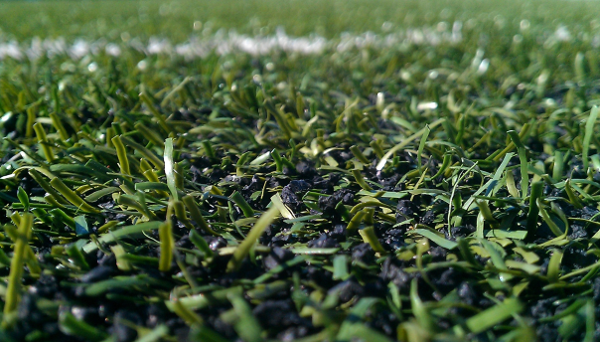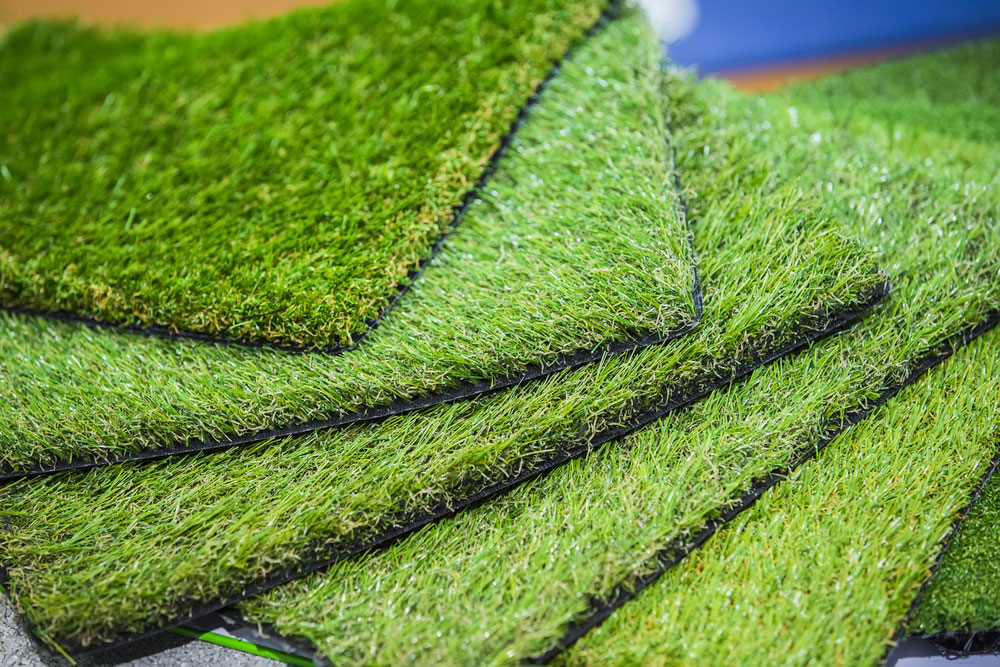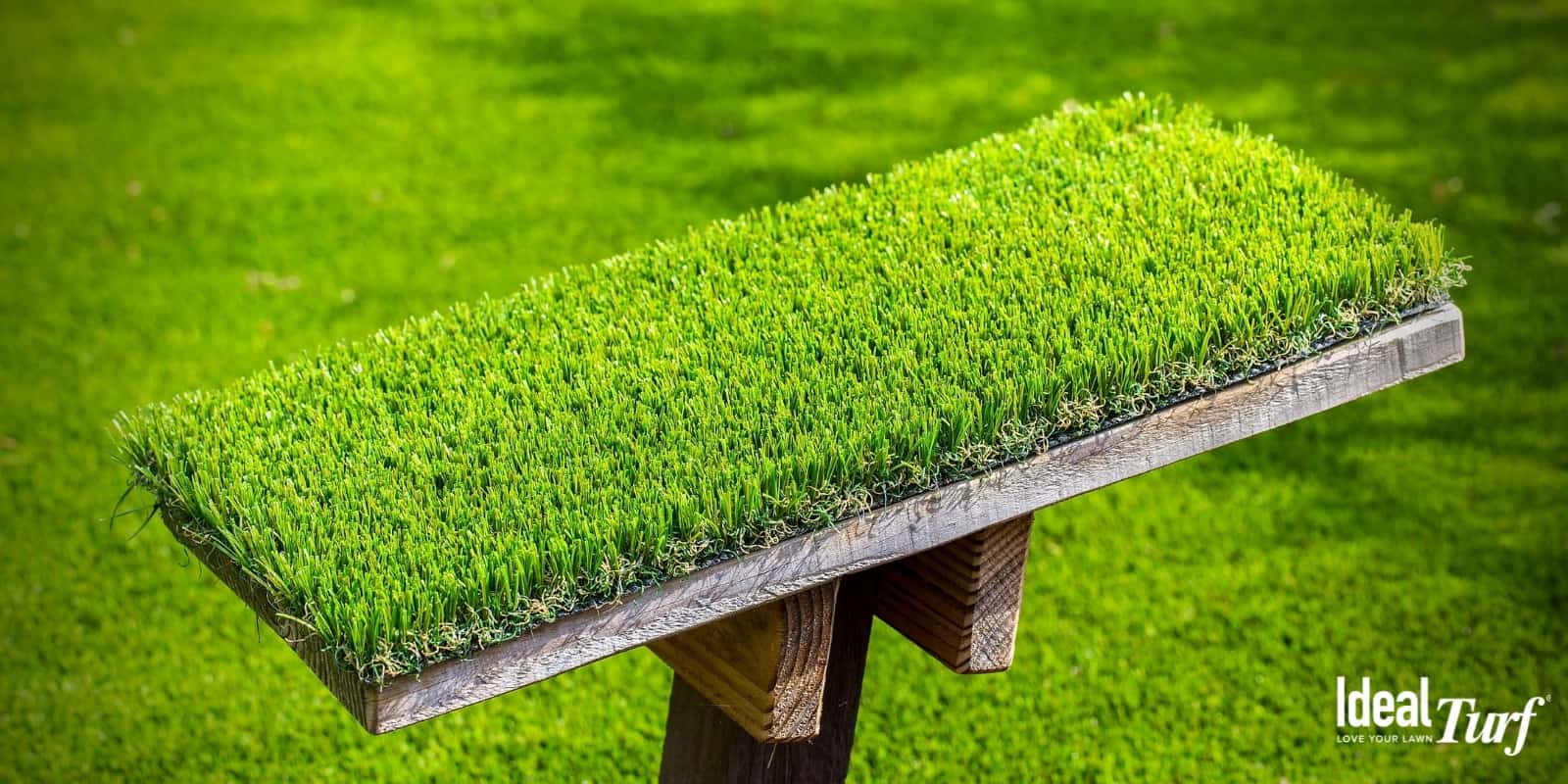Affordable Turf Installation Phoenix AZ for a Low-Maintenance Lawn Solution
Affordable Turf Installation Phoenix AZ for a Low-Maintenance Lawn Solution
Blog Article
Delve Into the Environmental Benefits of Opting for Synthetic Grass Solutions
The adoption of synthetic turf solutions presents an engaging opportunity to deal with pressing ecological difficulties. By dramatically reducing water usage and decreasing the application of damaging chemicals, these alternatives not only advertise sustainable landscaping however also protect neighborhood ecosystems. The reduced carbon impact connected with decreased maintenance tasks adds to a much more lasting technique to land administration. The implications of these advantages prolong past plain conservation efforts, elevating questions concerning their long-term effect on habitat preservation and overall eco-friendly balance. Checking out these dimensions exposes a complicated interplay worth considering.
Water Preservation Perks
One of the most substantial benefits of synthetic grass is its ability to preserve water. Typical turf lawns require considerable watering, especially in areas prone to dry spell or water constraints. On the other hand, artificial grass does not need watering, substantially lowering the overall need for water sources. This function is specifically beneficial in deserts where water shortage is a pushing issue.
By removing the demand for normal watering, man-made lawn adds to lasting landscape methods and aids minimize the ecological effect of excessive water consumption. Additionally, the conservation of water reaches the reduction of overflow, which can lead to dirt disintegration and river air pollution.
Furthermore, the installment of synthetic grass allows homeowners and communities to designate water resources more efficiently, focusing on important uses such as drinking water and agriculture. The shift towards synthetic grass not only advertises accountable water use but likewise lines up with broader environmental goals aimed at protecting natural sources.
As areas progressively prioritize sustainability, the water preservation advantages of synthetic grass provide an engaging case for its adoption in domestic and industrial landscape design projects.
Minimized Chemical Use
The transition to synthetic lawn dramatically reduces the reliance on chemical therapies frequently used in natural turf maintenance. Traditional lawn management typically involves the application of plant foods, herbicides, and pesticides to advertise development and control pests. These chemicals can pose risks to human wellness, local wild animals, and the setting, contributing to dirt and water contamination.
In comparison, synthetic grass removes the need for these damaging substances. Once set up, it calls for very little maintenance, mainly consisting of normal cleaning and occasional infill replenishment. This reduction in chemical usage not just profits the prompt environment but also adds to more comprehensive ecological security. By decreasing the release of artificial substances into the community, fabricated lawn advertises healthier dirt and water supply.
Moreover, the absence of chemical drainage connected with synthetic grass setups assists shield neighborhood rivers from air pollution, supporting marine life and preserving biodiversity. Artificial turf companies phoenix. As communities progressively focus on sustainable methods, choosing for synthetic grass offers a feasible solution that lines up with ecological preservation objectives. With this change, homeowner can take pleasure in lush eco-friendly areas without jeopardizing eco-friendly health, leading the means for a more sustainable future
Lower Carbon Footprint

Additionally, the installation of synthetic lawn can result in significant water conservation. Natural grass require significant amounts of view it now water for irrigation, which not only additional hints contributes to the carbon footprint connected with water extraction and treatment but also pressures regional water resources. In contrast, artificial lawn requires marginal maintenance, requiring no watering, consequently dramatically minimizing water use and its connected power expenses.
Additionally, the longevity of synthetic grass adds to its decreased carbon effect. With a life expectancy of as much as 15 years or even more, the need for frequent replacements is lessened, causing less waste and lower power intake in manufacturing and dealing with standard yard choices. In general, synthetic lawn provides a sustainable option for environmentally mindful landscape design.
Habitat Conservation
Habitat preservation is an essential consideration in the dispute over landscape design selections, particularly when comparing fabricated grass to natural yard. All-natural turf yards usually call for comprehensive maintenance, including using herbicides, chemicals, and fertilizers, which can detrimentally impact neighborhood environments. These chemicals can seep right into the dirt and rivers, harming indigenous flora and fauna and interrupting local habitats.
Fabricated grass gets rid of the demand for damaging chemicals, thus shielding close-by wildlife and maintaining the honesty of bordering communities. The installation of synthetic lawn can lead to the conversion of previous lawn areas into more biodiverse landscapes, such as pollinator yards or indigenous plant locations, which can support regional wild animals.
Inevitably, the shift to synthetic grass not just preserves water and decreases maintenance initiatives yet additionally promotes a more unified connection between human activities and the native environment, advertising environment preservation while doing so.
Long-Term Sustainability
Long-term sustainability is an important element in evaluating the advantages of synthetic grass over traditional lawn yards. Among the most substantial benefits of fabricated lawn is its sturdiness; it can last up to 15-20 years with minimal upkeep, whereas natural lawn needs regular reseeding and substitute. This long life decreases the demand for consistent resources, such as water, fertilizers, and pesticides, which are crucial for preserving a healthy turf lawn.
Furthermore, synthetic grass adds to a reduction in carbon exhausts connected with yard treatment tools. Standard grass recommended you read often require gas-powered mowers, leaners, and blowers, all of which add to air pollution. Arizona turf. On the other hand, artificial turf gets rid of the need for such tools, promoting a cleaner setting
Furthermore, the production of synthetic grass significantly utilizes recycled products, enhancing its sustainability account. As manufacturers adopt environment-friendly techniques, the environmental footprint of synthetic grass continues to lessen.

Conclusion
The fostering of artificial turf remedies offers significant ecological benefits, consisting of substantial water preservation, lowered dependence on dangerous chemicals, and a reduced carbon footprint. Synthetic turf aids in preserving natural habitats by minimizing land disturbance and promoting long-lasting sustainability via the use of durable products. Collectively, these elements emphasize the capacity of synthetic grass to add positively to environmental health and wellness and use a practical choice to conventional landscape design techniques in a progressively resource-conscious globe.
In comparison, synthetic lawn does not need watering, dramatically lowering the overall need for water resources. By decreasing the launch of artificial substances into the environment, synthetic lawn promotes much healthier soil and water systems.
Moreover, the installment of fabricated turf can result in substantial water conservation. In comparison, man-made lawn requires very little maintenance, needing no watering, thus dramatically decreasing water usage and its associated energy costs.

Report this page